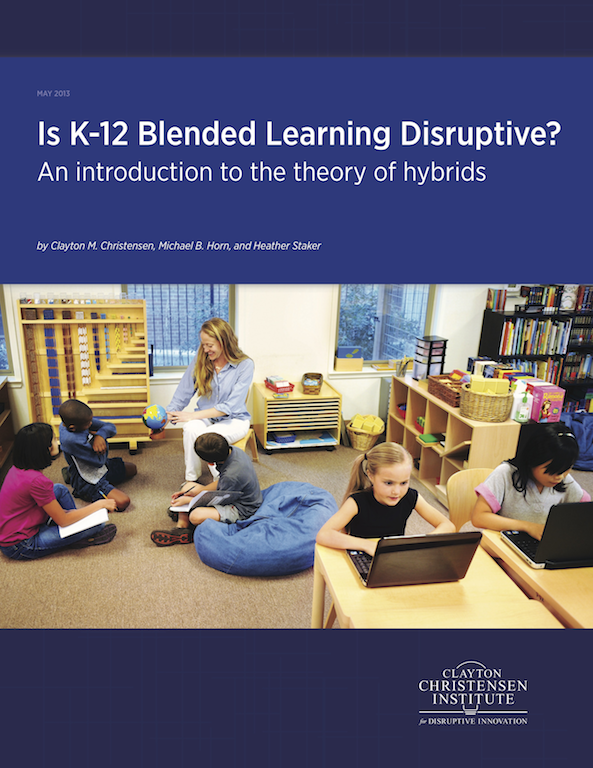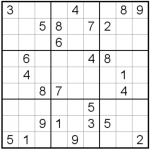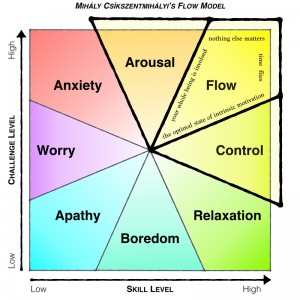 Recently I’ve been exploring the concept of blended learning thanks to one of the courses I’m taking at the UCL Institute of Education. One of the papers I was introduced to was ‘The Rise of K-12 Blended Learning‘ (2011) by Michael Horn and Heather Staker. Before reading this paper I had an idea that blended learning was literally blending different teaching styles and activities together and mixing it up with technology, however blended learning is not the same as technology-rich instruction. The term blended learning refers to a specific pedagogy where part of the course is delivered in the classroom and part delivered outside of the classroom environment using technology.
Recently I’ve been exploring the concept of blended learning thanks to one of the courses I’m taking at the UCL Institute of Education. One of the papers I was introduced to was ‘The Rise of K-12 Blended Learning‘ (2011) by Michael Horn and Heather Staker. Before reading this paper I had an idea that blended learning was literally blending different teaching styles and activities together and mixing it up with technology, however blended learning is not the same as technology-rich instruction. The term blended learning refers to a specific pedagogy where part of the course is delivered in the classroom and part delivered outside of the classroom environment using technology.
“Blended learning is a formal education program in which a student learns at least in part through online learning with some element of student control over time, place, path, and/or pace and at least in part at a supervised brick-and-mortar location away from home.” (Is K-12 Blended Learning Disruptive, Christensen, Horn and Staker, 2013, p7)
 This paper is brilliant – not only in its clear, easy to read and digest format – but in its categorising of blended learning, giving a vocabulary to identify and describe practice
This paper is brilliant – not only in its clear, easy to read and digest format – but in its categorising of blended learning, giving a vocabulary to identify and describe practice


 The beginner’s mind is open to new ideas, has a keenness to explore and learn and, as was grow older and acquire more knowledge, the awareness to avoid preconceived ideas and stereotypes. Reading more about the beginner’s mind led me to the term the ‘curse of knowledge’, where you know so much about a subject or problem that you can’t see it from the perspective of someone who knows less – something we must be acutely aware of when teaching others.
The beginner’s mind is open to new ideas, has a keenness to explore and learn and, as was grow older and acquire more knowledge, the awareness to avoid preconceived ideas and stereotypes. Reading more about the beginner’s mind led me to the term the ‘curse of knowledge’, where you know so much about a subject or problem that you can’t see it from the perspective of someone who knows less – something we must be acutely aware of when teaching others.


